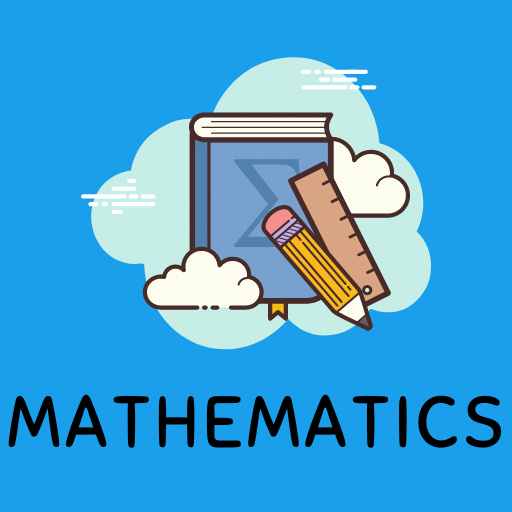Worksheet: Measurement of Length and Motion - 2 | Science for Class 6 PDF Download
Q1: Fill in the blanks:
(i) Measurement is the comparison of an unknown quantity with some quantity.
(ii) 1 km = m.
(iii) Standard unit of length is .
(iv) The length of curved line can be measured using a .
(v) is the distance between two points or ends of an object.
(vi) means the change in position of an object with time.
Q2: True/False
(i) The choice of device used for the measurement depends on the type of measurement to be made.
(ii) Our senses are reliable for accurate measurement.
(iii) 1m = 100cm.
(iv) 5km = 5000cm.
(v) Motion of a child on a swing is periodic motion.
(vi) Motion of a wheel of a cycle is random motion.
Q3: Which measuring device can be used to measure the girth of a tree?
Q4: Write the type of motion in which a body moves along a straight path.
Q5: Which unit of length is used to measure a large distance?
Q6: Write one example of circular motion.
Q7: Write one example of rectilinear motion.
Q8: Write one example of periodic motion.
Q9: Name the type of motion in which a body moves along a curved path.
Q10: Name the type of motion in which motion repeats after equal time interval.
Q11: The distance between Ria’s house and temple is 1340 m. Express this distance in kilometre.
Q12: Find the length of square in mm.

Q13: Define ‘unit’.
Q14: When object is said to be in rest?
Q15: What do you understand by ‘measurement’?
Q16: What is the common in between hand span, pace, angul and fist?
Q17: When object is said to be in motion?
Q18: Why is the hand span not considered as a reliable unit for measuring the length?
Q19: What do you understand by standard unit of measurement?
Q20: Assertion and Reason Questions
(i) Assertion (A): Motion of moon around the earth is a circular motion.
Reason (R): In a circular motion, the distance of object from a fixed point remains the same.
(a) Both A and R are true and R is the correct explanation of A.
(b) Both A and R are true but R is not the correct explanation of A.
(c) A is true but R is false.
(d) A is false but R is true.
(ii) Assertion (A): In ancient times bullock cart was used as a means of transport.
Reason (R): Aeroplanes were developed only in 1800 AD.
(a) Both A and R are true and R is the correct explanation of A.
(b) Both A and R are true but R is not the correct explanation of A.
(c) A is true but R is false.
(d) A is false but R is true.
(iii) Assertion (A): The motion of a ball rolling on the ground is nothing but a rectilinear motion.
Reason (R): The motion of ball rolling on the ground is a combination of different types of motion.
(a) Both A and R are true and R is the correct explanation of A.
(b) Both A and R are true but R is not the correct explanation of A.
(c) A is true but R is false.
(d) A is false but R is true.
You can access the solutions to this worksheet here.
|
66 videos|225 docs|27 tests
|
FAQs on Worksheet: Measurement of Length and Motion - 2 - Science for Class 6
| 1. What is the standard unit of measurement for length in the metric system? |  |
| 2. How can I convert meters to centimeters? |  |
| 3. What tools are commonly used to measure length? |  |
| 4. What is the difference between distance and displacement? |  |
| 5. Why is it important to measure length accurately in science experiments? |  |


























